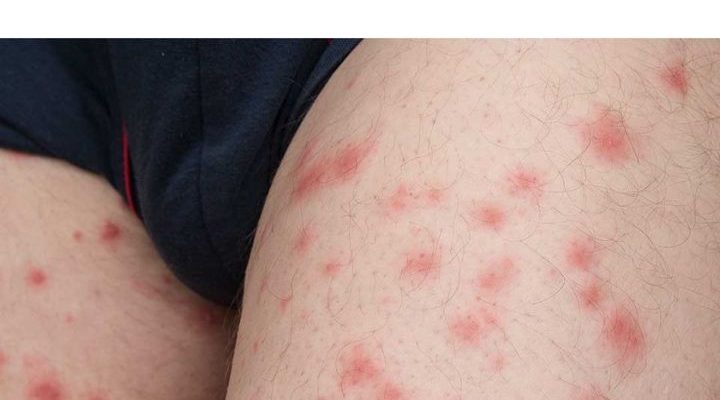|
The incessant irritation caused by flea bites is a concern for many, especially when it seems these tiny pests prefer some people over others. Understanding why fleas favor certain individuals can help in managing and alleviating the discomfort they cause. Fleas are not just a simple nuisance; they can transmit diseases and cause allergic reactions that significantly impact quality of life.
Reading on will provide you with the insights necessary to protect yourself and your loved ones better. By understanding the underlying reasons behind flea bite preferences, you can adopt targeted strategies to mitigate the risks and enjoy a more comfortable, bite-free existence.
1. Body Chemistry and Scent
Fleas are attracted to specific chemical compounds in human sweat and skin secretions. The unique mix of natural oils, sweat, and other chemicals on a person’s skin can make them more appealing to fleas. People with higher concentrations of certain chemicals are more likely to be targeted.
2. Blood Type
Research suggests that blood type might influence a flea’s choice of host. Some studies indicate that individuals with Type O blood can be more attractive to fleas compared to other blood types. This preference is likely linked to the scent markers associated with different blood types.
3. Body Heat and Carbon Dioxide
Fleas are drawn to warmth and carbon dioxide, crucial indicators of a potential host. Individuals who emit more body heat or exhale more carbon dioxide can become prime targets. This can explain why more active or larger individuals, who naturally produce more heat and CO2, may find themselves more frequently bitten.
4. Skin Microbiome
The community of bacteria and microorganisms living on the skin (known as the skin microbiome) can also play a role. Certain microbial profiles might make a person’s skin more inviting to fleas. Variations in this microbiome can significantly affect how often a person gets bitten.
5. Personal Hygiene Products
The soaps, lotions, and other personal care items that people use can affect their susceptibility to flea bites. Some products might mask or alter natural skin scents, making a person less attractive to fleas, while others might do the opposite.
Prevent Fleas From Biting You
Preventing fleas from biting you involves a combination of personal protection and environmental management. Here are some tips to help you avoid flea bites:
Personal Protection
Wear Protective Clothing:
Opt for long-sleeved shirts and long pants when spending time in areas where fleas may be present. Tuck pants into socks to minimize exposed skin.
Use Insect Repellents:
Apply insect repellents that contain DEET, permethrin, or picaridin to exposed skin and clothing. Always follow the instructions on the product label.
Keep Your Skin Covered:
If you’re outdoors, particularly in grassy, wooded, or sandy areas, try to keep as much of your skin covered as possible.
Home and Environment Management
Regular Pet Grooming:
Regularly groom and bathe pets with flea control products recommended by your vet. Use flea combs to remove fleas and their eggs.
Clean and Vacuum Regularly:
Vacuum carpets, rugs, and furniture frequently to remove flea eggs, larvae, and adults. Pay special attention to areas where pets sleep and spend time.
Empty the vacuum cleaner bag or canister into a sealed plastic bag and dispose of it outside immediately. Wash Bedding:
Wash pet bedding, human bedding, and soft furnishings in hot water regularly. High heat kills fleas at all stages of life.
Use Flea Control Products:
Treat your home and yard with flea control products such as sprays, powders, or foggers. Focus on areas where fleas are likely to hide, such as pet sleeping areas, carpets, and cracks in flooring.
Yard Maintenance
Maintain Your Yard:
Keep your lawn well-maintained. Mow the grass regularly, and trim shrubs and bushes. Fleas thrive in shaded, moist environments, so reducing these conditions can help.
Apply Outdoor Flea Control Products:
Consider using outdoor flea control treatments on your lawn and garden. Products containing insect growth regulators (IGRs) can help disrupt the flea life cycle.
|
Never would have guessed it worked like this!




